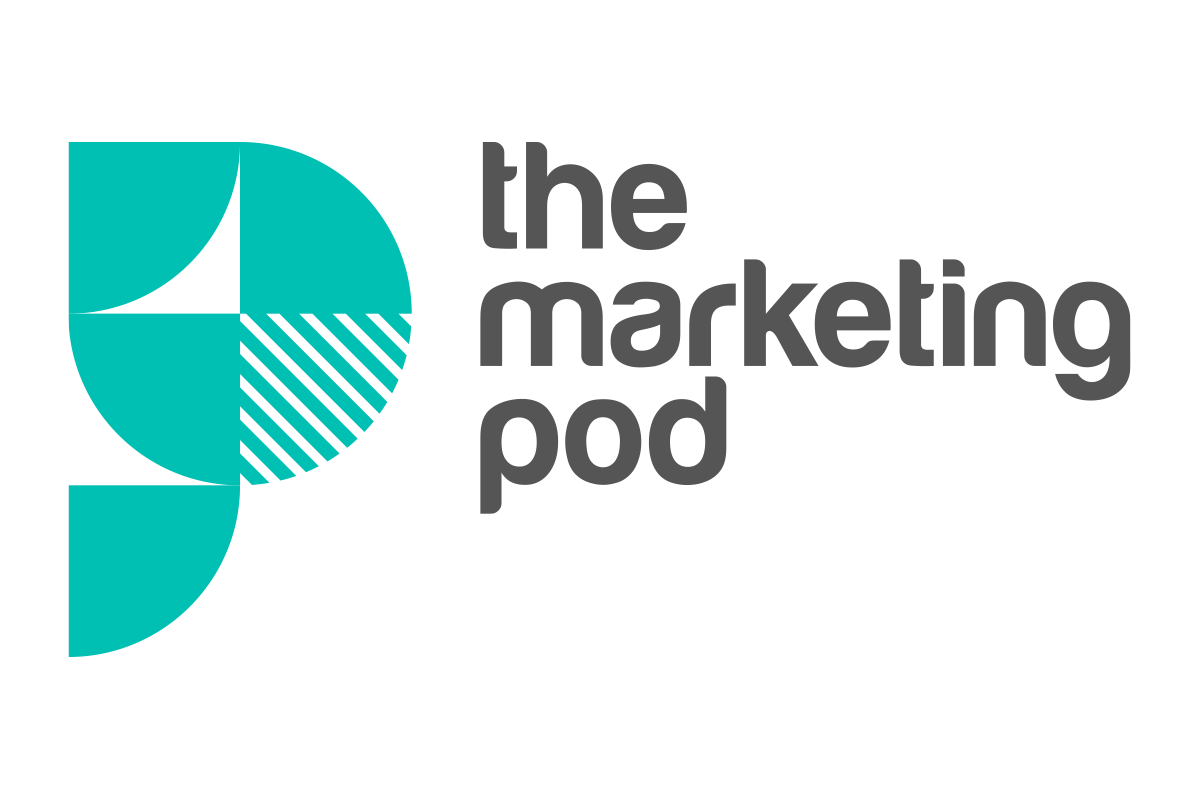OBM: B2B’s newest kid on the block?
As a B2B marketing specialist, I believe I’m at liberty to share a little secret about marketers: we’ll do almost anything to keep things ‘fresh’.
We simply LOVE newness. And if we can invent a new acronym - or, hell, even a new word - to go with whatever new thing we’ve discovered, even better. It’s little wonder then that the exciting marketing technique we’ve all been raving about for a couple of years now has been usurped by a new contender. That’s right, ABM is no longer the best buzzword on the block. Instead, we’ve had our interest piqued by the arrival of a new acronym: OBM.
What is OBM and why do I need it?
The term ‘Opportunity Based Marketing’ (OBM) has been used before in slightly different ways, but has re-emerged in 2020 as an evolution of Account Based Marketing (ABM). It’s essentially the ‘Pro’ version - with the extra features you never knew you needed but probably do.
Much like ABM, OBM is something many of us will already recognise as ‘just good marketing’. That’s not to say that it’s wrong to give either approach its own fancy title; the act of defining ABM and OBM helps us drill down to what makes them so effective and create a repeatable strategic framework. What’s crucial is that we don’t forsake transparency for the sake of shiny new terminology. OBM is clever and it gets results - but it’s not rocket science.
With that in mind, here’s our quick guide to OBM and its benefits.
Defining OBM
OBM takes the hyper-personalisation of ABM and adds an extra layer of targeting; it doesn’t just ask who, but also when. In practice, this means that your marketing team will begin by identifying your high value targets, before engaging with them to pinpoint those who are actively looking to buy, mapping out their possible routes to conversion and creating personalised content to communicate with them appropriately throughout the procurement journey.
No more silos
For OBM to succeed, marketers will need to make close allies of the sales department, possibly offer them the best biscuits, and work with them to track opportunities as they arise and develop. And this relationship will only work if it’s mutual: it will also be important for the sales teams to LOVE the marketing content that supports the OBM customer journey and to understand how to align their activity with it.
Top tip: Assigning time for workshops might be the best way to kick off this new sales and marketing love story; it will be worth the investment.
The benefits and requirements of an opportunity based approach
The kind of close targeting and ongoing nurture of prospects OBM demands creates a bespoke customer journey which, when done well, has the power not only to secure a new customer but also to create a deeper level of brand loyalty. It’s like ABM in 3 important ways:
1. It’s perfect for reaching named B2B prospects making high value decisions
2. It recognises that B2B purchasing decisions usually take a little longer
3. It relies on deep insight, careful preparation and high quality content.
The good news is, if you’re a full-service, integrated agency that’s worth its salt, you’re probably already ‘doing OBM’. Think of it as a recipe which includes all of your best marketing ingredients. Take the careful, knowledge-based targeting of ABM, add a large spoonful of CX and a dash of sales enablement, then sprinkle the whole thing with hyper-personalised digital wizardry and the kind of online retargeting which makes your prospects feel seen and understood (but doesn’t cross the line to making them wish they’d never clicked on your bloomin' blog in the first place).
Okay, maybe it’s not quite as easy as that. The thing with putting an OBM campaign together is that there can never, by definition, be a ‘one-size-fits-all’ approach. If you like the sound of OBM but need some help to pull your campaign together, we’d love to help - get in touch for a chat on 01564 742848 or hello@themarketingpod.co.uk.



